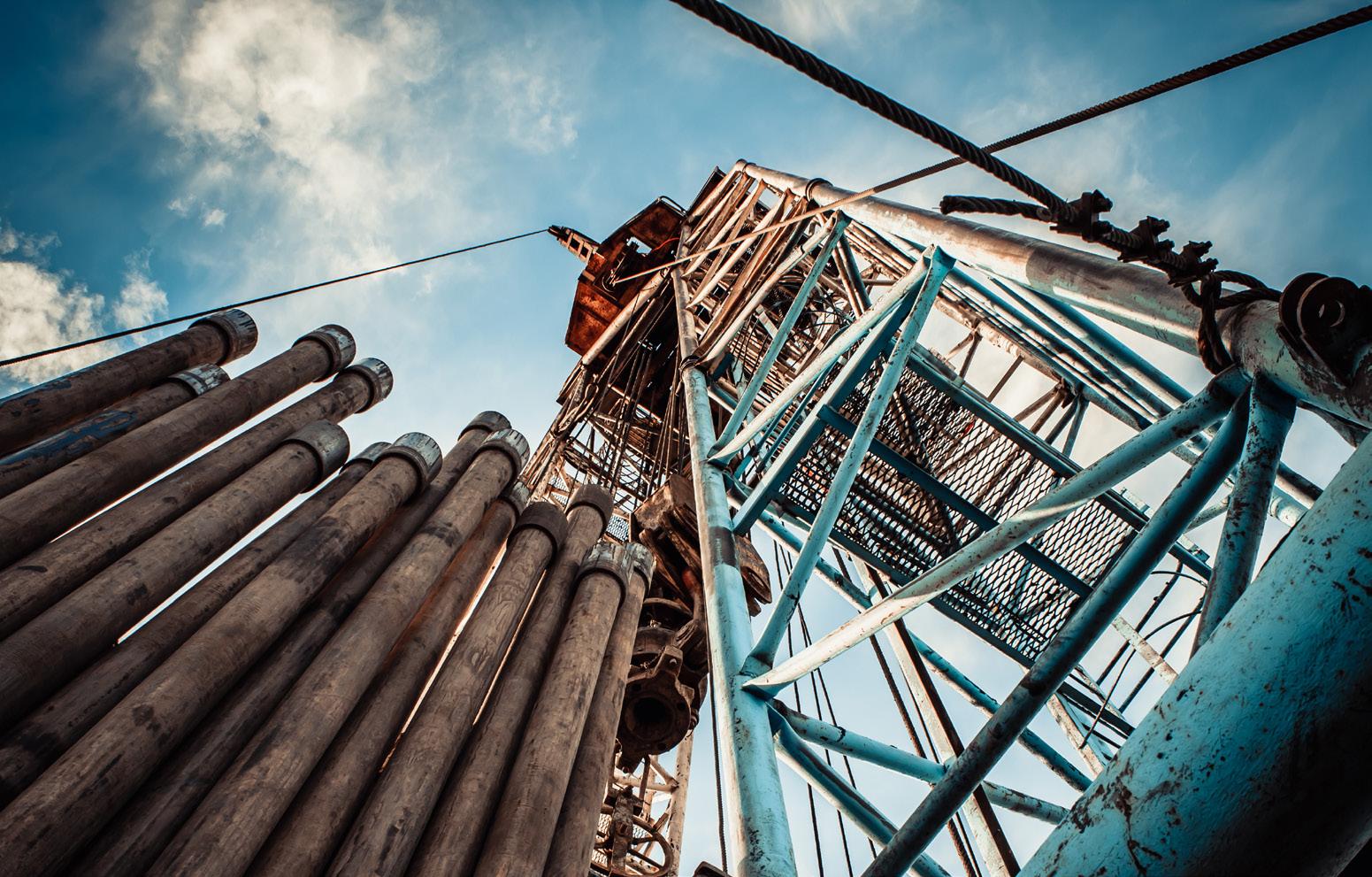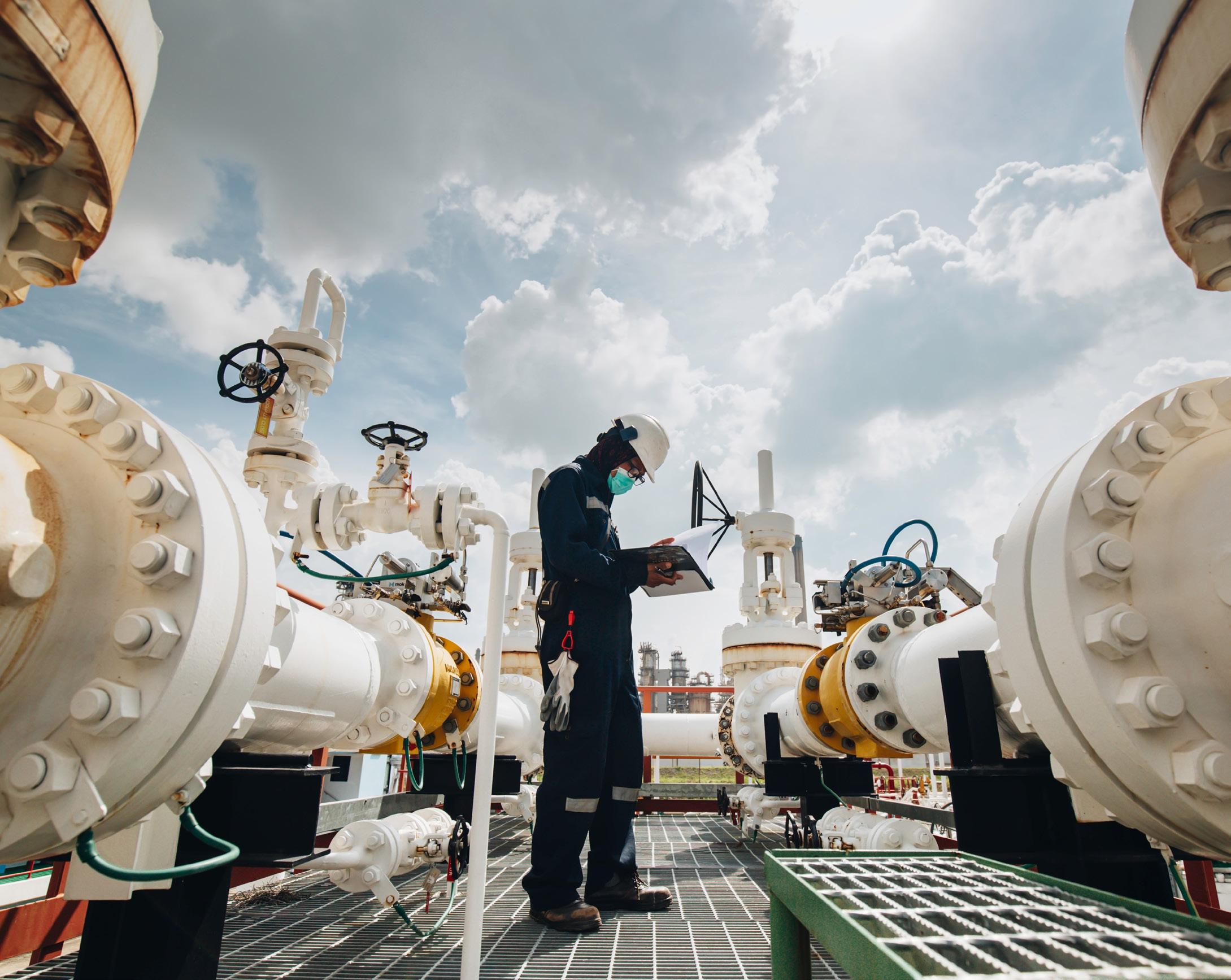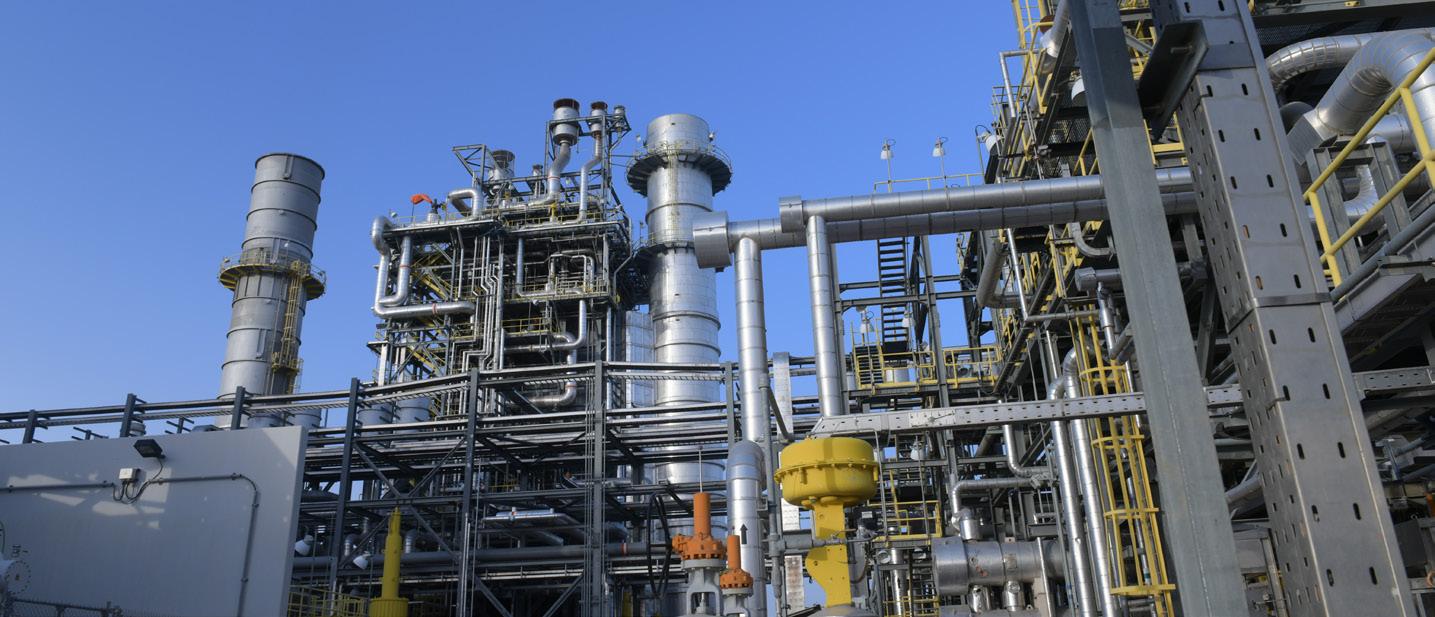
1 minute read
The Transformative Power of Data Analytics
The oil and gas (O&G) industry stands at a critical juncture, facing unprecedented challenges amid fluctuating market conditions, evolving regulatory landscapes, and mounting environmental concerns. At the end of last year, McKinsey highlighted a glaring performance gap within the sector, estimating it at a staggering $200 billion. Their research underscores a significant discrepancy between the actual and potential production levels of offshore platforms, revealing that, on average, these platforms operate at a mere 77% of their maximum production potential.
This revelation emphasizes the urgent need for transformative solutions to bridge this performance gap and unlock the industry’s full potential. One such solution lies in the effective utilization of data analytics systems and tools, which have the capacity to revolutionise O&G operations, optimise efficiency, and drive sustainable growth.
Correctly implemented data analytics systems offer a powerful mechanism to navigate the operational complexity inherent in O&G operations. By harnessing the vast amounts of data generated across exploration, production, refining, and distribution processes, these systems can provide invaluable insights into every facet of operations, from reservoir management to asset maintenance and supply chain logistics.
The potential benefits of leveraging data analytics in the O&G industry are profound. Notably, the rapid adoption of these technologies can yield substantial returns on investment, with McKinsey estimating returns of as much as 30-50 times the original investment. These returns stem from enhanced operational efficiency, reduced downtime, and optimized asset performance, all of which translate into tangible cost savings and improved profitability for industry players.
The strategic implementation of data analytics holds the promise of addressing environmental concerns by minimising wastage, preventing accidents, and alleviating bottlenecks within operations. By leveraging real-time data insights, O&G companies can identify and mitigate potential risks, thereby reducing their ecological footprint and fostering a culture of environmental stewardship.
Data analytics enables O&G companies to embrace predictive maintenance strategies, allowing for the early detection of equipment failures and the proactive scheduling of maintenance activities. This proactive approach not only minimizes downtime and production losses but also enhances worker safety by averting potentially hazardous incidents.
In addition to operational benefits, the effective use of data analytics can drive innovation and facilitate informed decision-making across the entire value chain. By leveraging advanced analytics techniques such as machine learning and artificial intelligence, O&G companies can uncover hidden patterns, optimize processes, and identify new opportunities for growth and diversification.
The O&G industry stands to reap substantial rewards from harnessing the power of data analytics. By embracing these transformative technologies, industry players can bridge the performance gap, drive efficiency gains, and achieve sustainable growth in an increasingly competitive and dynamic landscape. As the industry continues to evolve, the strategic deployment of data analytics will remain a cornerstone of success, enabling O&G companies to thrive in the face of evolving challenges and capitalize on emerging opportunities.









